What Android can learn from Nokia's comeback
A little brand nostalgia goes a long way
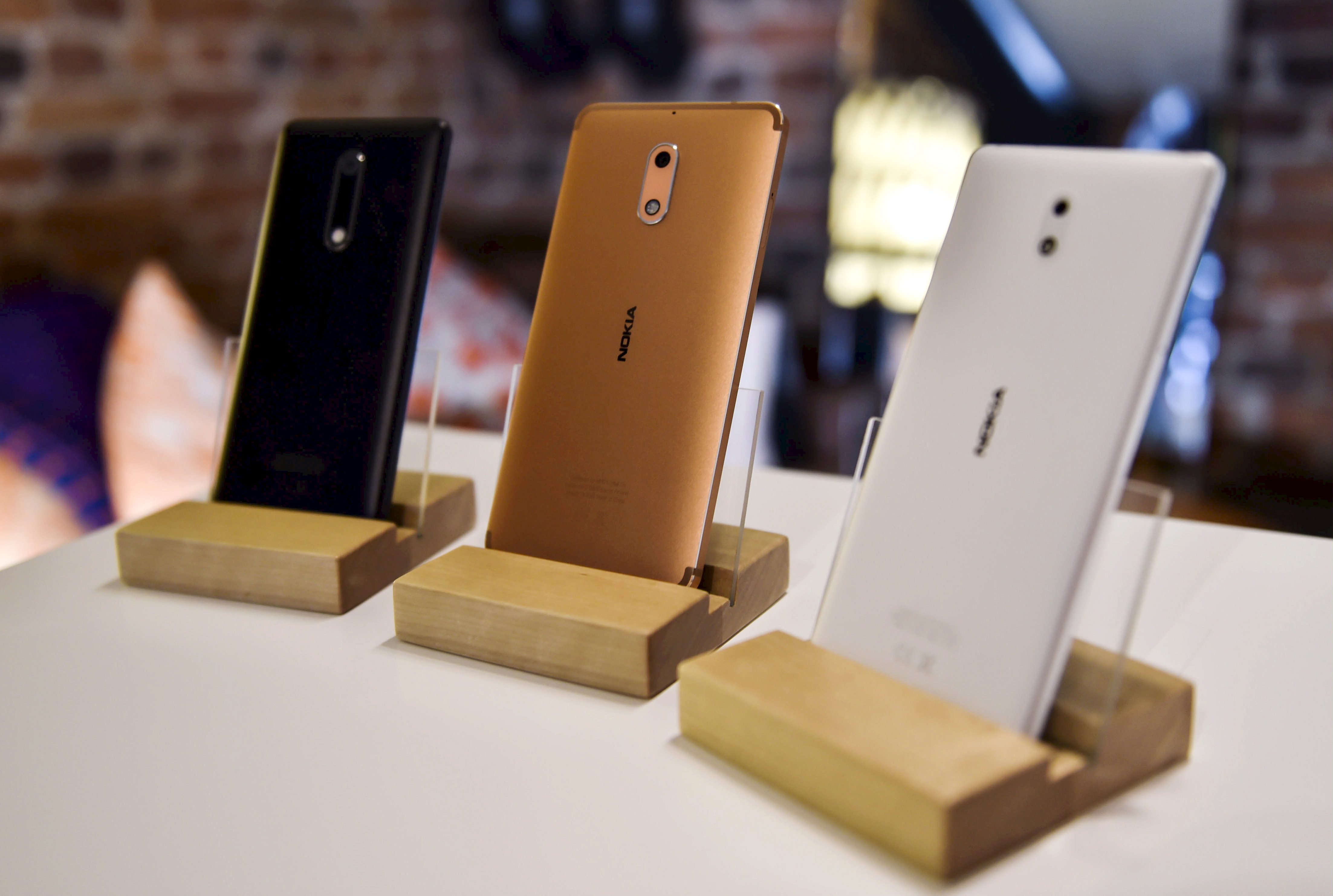

It's a common trope that digital technology is cold and lifeless. But ask anyone who has ever played a Nintendo game, or fondly recalled their first portable CD player or old cathode ray tube TV, and they will attest to the genuine emotional connection we form with our gadgets. Nostalgia is a powerful force in the digital world.
This phenomenon is more than mere sentiment, however; it's also the source of some serious money. Case in point: This week it was revealed that Nokia, the once defunct phone maker, sold 4.4 million smartphones last quarter. Even more surprising was that this was significantly higher than the phone sales posted by other companies, including Google.
While the news is good for Nokia, it is perhaps a sign of a brand problem for Google and the Android ecosystem. After all, if an old school phone maker can significantly outperform a tech juggernaut with a massive war chest, what does it say about the prospects for other phone makers on Google's platform?
The Week
Escape your echo chamber. Get the facts behind the news, plus analysis from multiple perspectives.

Sign up for The Week's Free Newsletters
From our morning news briefing to a weekly Good News Newsletter, get the best of The Week delivered directly to your inbox.
From our morning news briefing to a weekly Good News Newsletter, get the best of The Week delivered directly to your inbox.
The outlier in the Android world is Samsung, which has raked in billions of dollars by becoming the Android alternative to the iPhone. The company has done this by packing features into its phones ahead of competitors, using slick design and aggressive marketing, and catering to all price points.
But Samsung is an island of success in an Android world littered with failure. LG continues to lose money thanks to its smartphone lineup. Sony has finally managed to produce a profitable smartphone lineup after years of trying, but also saw a drop in sales and a need to cancel sales of high-end handsets, which are the true money makers. HTC appears to be on the verge of folding, while the legions of other makers — Lenovo, ASUS, OnePlus, and so many more — are mere blips on the global scale.
The trouble for Android phone makers comes down to mixed messaging and brand confusion. Sony prides itself on imaging quality, yet its cameras lag. LG has tried innovative features, like a miniature second screen at the top of the phone, but failed to support it. And the much-hyped Essential Phone saw abysmal sales, mostly because nobody knew what it was.
Compounding the problem is that consumers know they can't expect many Android devices to come with an ecosystem of accessories and support. When they buy an iPhone or Samsung Galaxy, they know they can get it fixed easily, and that it will come with a reliable case or charger. Not so with other Android phones, for which finding support or extras is hit or miss.
A free daily email with the biggest news stories of the day – and the best features from TheWeek.com
Consumer choices come down to two key variables: a product's initial appeal, and its longevity and post-purchase service. That certainly helps explain Nokia's surprising recent success; the older Nokia phones had a reputation for being bulletproof, which generated a whole series of memes. The "Nokia" brand is no longer even the same company after it was purchased (and then essentially destroyed) by Microsoft. Instead, HMD bought the Nokia names, and now iPhone manufacturer Foxconn makes the phone and slaps Nokia's label on it. That is the power of branding and nostalgia: Nokia the company was gutted, but it still has enough name recognition to outsell most of its competitors with a phone that's just okay.
Branding isn't just about marketing. It's a way to tap into consumer psychology. It's about creating deep associations, and an emotional relation to a product so that one day, people might fondly reminisce about it. This is no simple task, and the key lies largely in committed, focused product execution coupled with clever marketing that hammers home the advantages of a well-made, innovative product.
In the Android world, there are few brands with that sort of cachet. Samsung has done well, particularly with its excellently reviewed Galaxy S8, which also had a clever marketing campaign that suggested it was the device adults could graduate to after an iPhone. It's that sort of mix of message and quality that is so sorely lacking in other Android brands — and had people flocking to Nokia. Sure, it's a testament to the power of nostalgia, but more accurately, it's a sign that branding, when done right, is as durable as a classic Nokia phone.
Navneet Alang is a technology and culture writer based out of Toronto. His work has appeared in The Atlantic, New Republic, Globe and Mail, and Hazlitt.
-
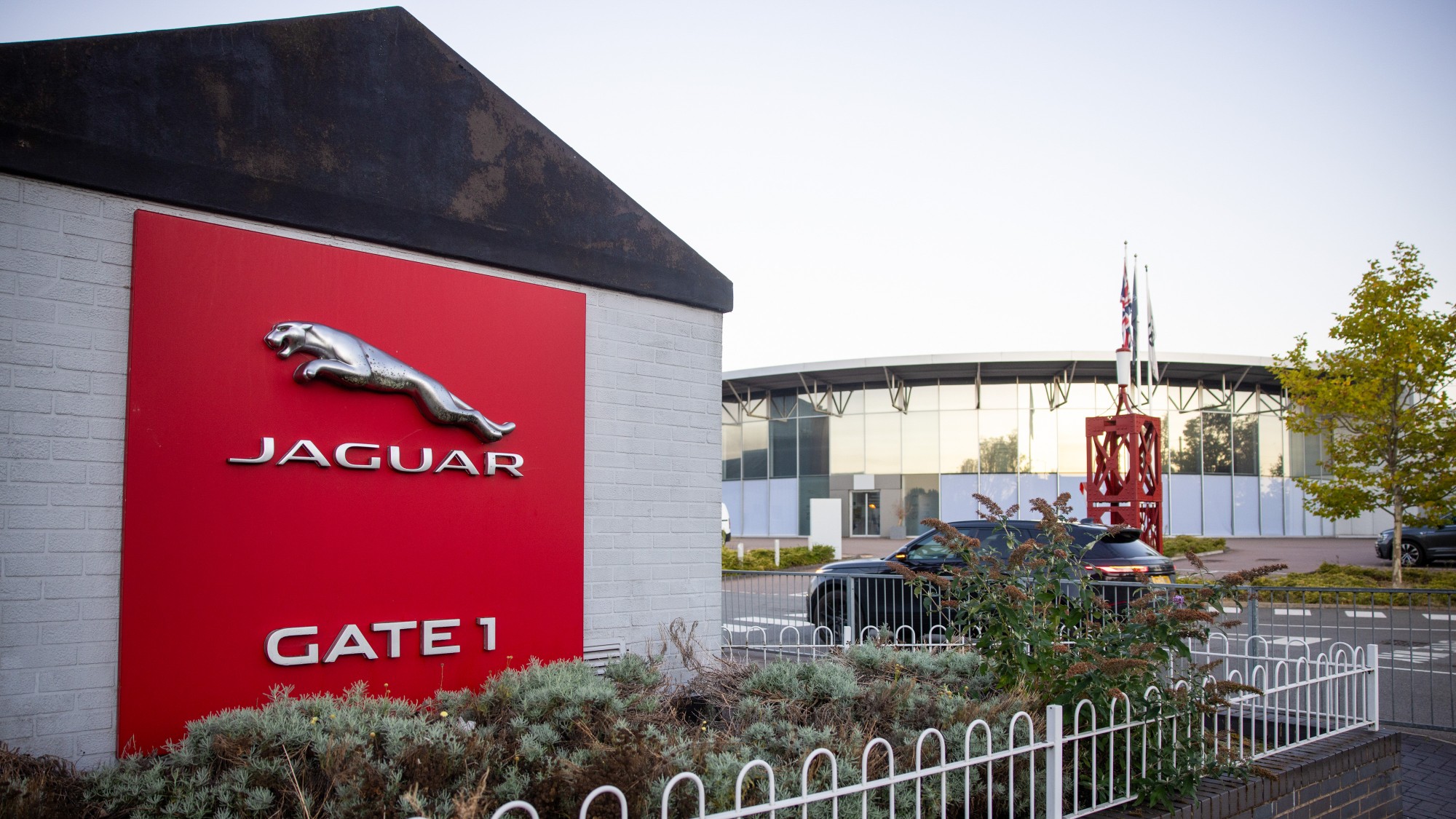 Jaguar Land Rover’s cyber bailout
Jaguar Land Rover’s cyber bailoutTalking Point Should the government do more to protect business from the ‘cyber shockwave’?
-
 Russia: already at war with Europe?
Russia: already at war with Europe?Talking Point As Kremlin begins ‘cranking up attacks’ on Ukraine’s European allies, questions about future action remain unanswered
-
 Sudoku hard: October 5, 2025
Sudoku hard: October 5, 2025The Week's daily hard sudoku puzzle
-
 The pros and cons of noncompete agreements
The pros and cons of noncompete agreementsThe Explainer The FTC wants to ban companies from binding their employees with noncompete agreements. Who would this benefit, and who would it hurt?
-
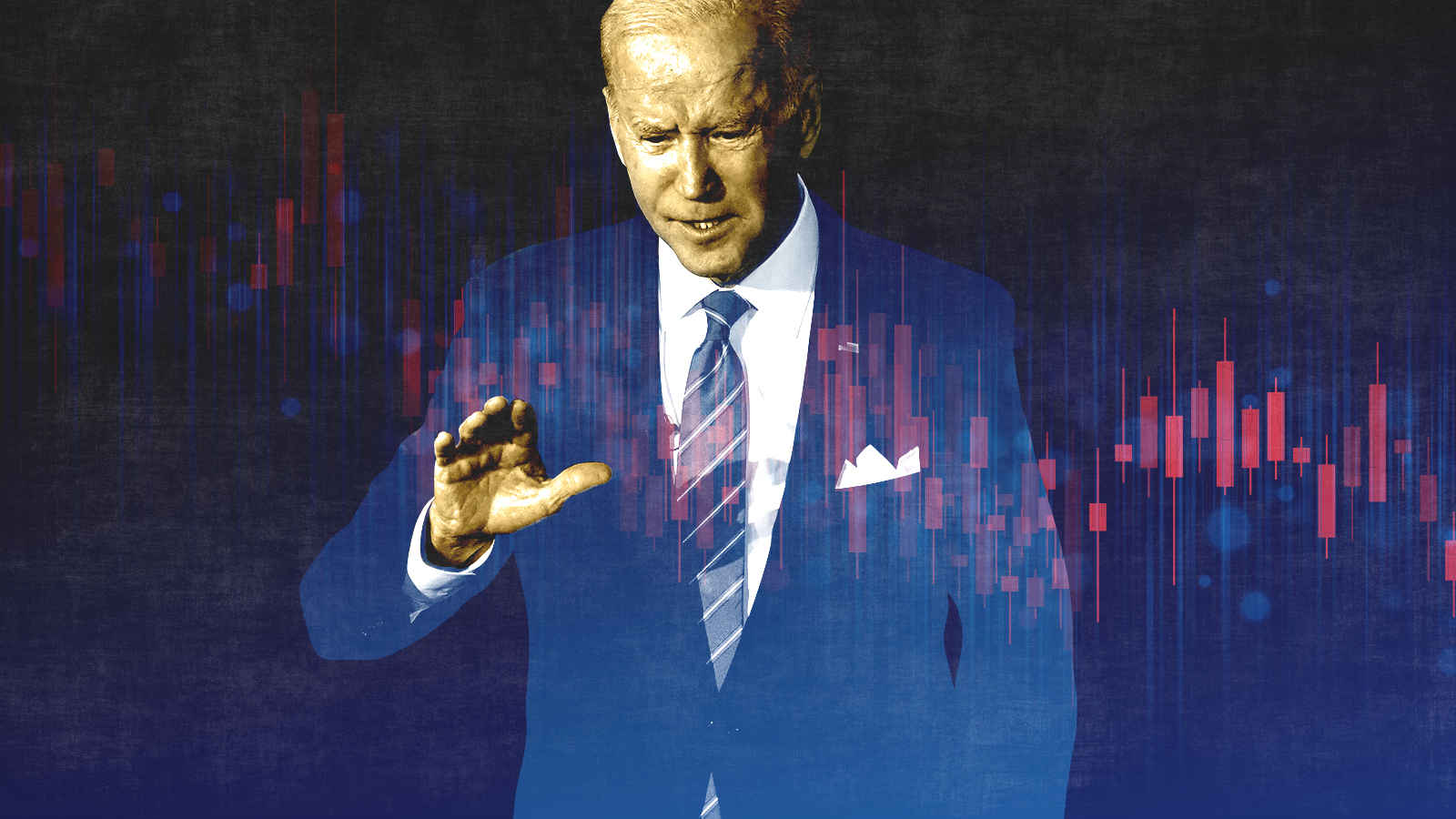 What experts are saying about the economy's surprise contraction
What experts are saying about the economy's surprise contractionThe Explainer The sharpest opinions on the debate from around the web
-
 The death of cities was greatly exaggerated
The death of cities was greatly exaggeratedThe Explainer Why the pandemic predictions about urban flight were wrong
-
 The housing crisis is here
The housing crisis is hereThe Explainer As the pandemic takes its toll, renters face eviction even as buyers are bidding higher
-
 How to be an ally to marginalized coworkers
How to be an ally to marginalized coworkersThe Explainer Show up for your colleagues by showing that you see them and their struggles
-
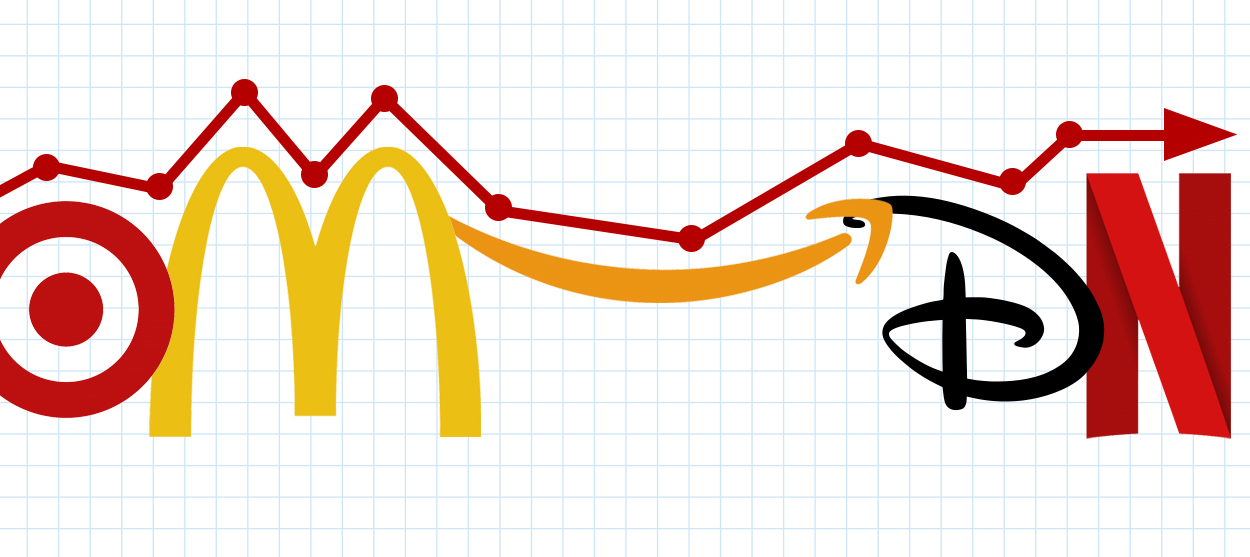 What the stock market knows
What the stock market knowsThe Explainer Publicly traded companies are going to wallop small businesses
-
 Can the government save small businesses?
Can the government save small businesses?The Explainer Many are fighting for a fair share of the coronavirus rescue package
-
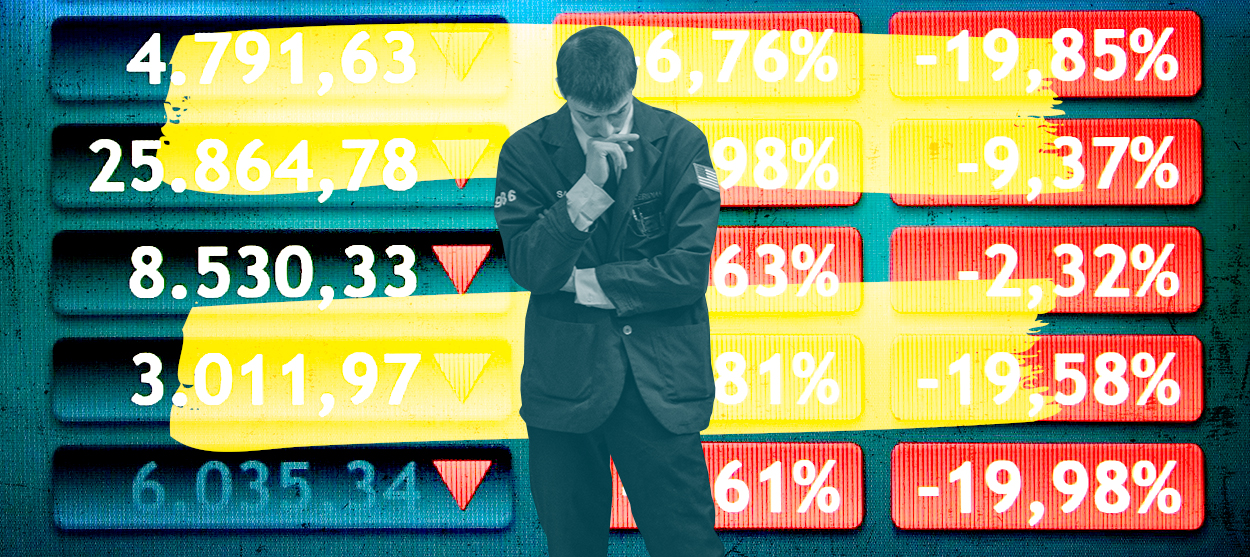 How the oil crash could turn into a much bigger economic shock
How the oil crash could turn into a much bigger economic shockThe Explainer This could be a huge problem for the entire economy
